A2: Final Project
The final project is...
Our project will be an Isometric game. The game is expected to rate 12 following PEGI's official rating (Real original idea) & must be done in the style of Supergiant Games, an indie game company that has worked on Bastion (2011), Transistor (2014), Pyre (2017) & Hades (2018).
My group consists of me, Ryan & Luke.
What is an "Isometric Game"?
This is more of asking "What is an isometric perspective?", because the game part is kind of easy to answer: an isometric perspective is pretty much when you can see all of the three perspectives of a 3D shape.
Fortunately, there have been a couple games that came out that use the isometric perspective so I can use these games as examples to show how an isometric view works.
Example 1: Fallout: A Post Nuclear Role Playing Game (Interplay Productions)
Fallout: A Post Nuclear Role Playing Game, an isometric game that has an eerie atmosphere & is set within a nuclear wasteland. This is a good example of a game that meets the requirements of the brief and will help me with the planning of my levels.
Example 2: Baldur's Gate (BioWare Corp.)
Baldur's Gate meets the brief with it's colourful cast of characters within a fantasy setting which it takes place in.
Baldur's Gate meets the brief with it's colourful cast of characters within a fantasy setting which it takes place in.
Example 3: Fallout 2: A Post Nuclear Role Playing Game (Interplay Productions)
Fallout 2: A Post Nuclear Role Playing Game features an ominous feeling, similar to the first game, but in this case it also creates a more menacing atmosphere with the inclusion of a new threat.
About SuperGiant Games
SuperGiant Games is an indie game studio located in San Francisco that was founded in 2009. It was founded by Amir Rao and Gavin Simon who had worked at Electronic Arts, at which they had worked on some of the Command & Conquer titles, before they left their jobs to work on their own games.
They had spent their time and experience within creating their first game, until finishing it in 2011, releasing under the alias of "Bastion" which received critical praise when released. It was considered so great that it was even a nominee for the "Game Of The Year" awards.
The brief context has the team producing a game for SuperGiant. SuperGiant Games are made with the intent to spark the imagination familiar to video games you have played when you we're a child & to evoke emotions and connect players to the characters. Therefore, we have considered this to both our characters and level design.
So, what will our game be like?
In my group of 3 (Consisting of me, Ryan Daley and Luke Douglas) will be working on an isometric Horror game. Luke will be working on the coding aspects, Ryan Daley as the artistic influence and I will take the role as level designer.
While Brainstorming (as a group), we had a couple ideas that we wanted to work on. Reminder, THESE ARE IDEAS, they are subject to be either changed or removed entirely from our project.
- A Turret enemy - A stationary enemy that fires pellets at the player
- Damage states - The player character will visually change depending on how much HP they have left.
- Sanity Meter - This is our fancy way of saying "This is the HP bar. you die if it runs out."
- Character and enemies can look in a 360 view, but will only have 8 sprite sheets to resemble each of the 45 degree angles.
- worsened looks - Player character would be more unkempt the more times they die.
- Power ups - Upgrades to the player's current arsenal of weaponry.
These are mood boards that use sources from other games. most of these are inspirations for our game. The mood boards consists of gameplay from The Binding of Isaac: Rebirth, Undertale & Faith: Unholy Trinity. We picked Isaac for it's gameplay, Faith for it's elements of horror & Roto-scoped scenes Undertale for it's art style.
This second mood board is used for inspirations for the title screen, Concept art & UI artwork within our game.This is the concept of how the levels would look like.
This is some concept art of a character called Larry. Larry is an enigma that chases after the player in an attempt to kill them.
This is a concept of a 3D character which will be included within the game.
This is a concept art for the title screen & main menu.
The team discussed the ideas and concepts for the enemies and the protagonist, and Ryan Daley has produced the artwork for everything above.
This is some concept art of a character called Larry. Larry is an enigma that chases after the player in an attempt to kill them.
This is a concept of a 3D character which will be included within the game.
This is a concept art for the title screen & main menu.
The team discussed the ideas and concepts for the enemies and the protagonist, and Ryan Daley has produced the artwork for everything above.
A title screen prototype made by Luke Douglas that will experience changes as the game get's closer to completion.
Here I have Started working on the First level. This is the place that the Player will start; It's not much, but more will be added as the game is more perfected.
It started with a block that I scaled to create the floor using the scale tool and the rotation tool was used to twist the walls into position.
I started with a cube: scaled it & duplicated it, moved & rotated it to make a doorway and For colour I had created separate "Materials" and colours for different assets.
As i continued production, I thought the idea of startingHere is the final design of the level.
Here is a start of my new level. I started with a cube which I applied a material that looks like yellow, to resemble sand.
Here is a start of my new level. I started with a cube which I applied a material that looks like yellow, to resemble sand.
this is some more progress for the level. To make it look more unique, I decided to add a bridge so the whole level wasn't a very large block as the ground. To do this, I made a thin cuboid to resemble the actual bridge. Then I gave it a material that is brown (meant to be wood) and put in some cylinders
Here i have added more ground space, a Pyramid and a bridge that's broken. . I have realized that the course is way too small because the player and the enemy wouldn't be able to fit on the map. To overcome this situation (& to add some more flair to the level) I thought of adding bridges over the gaps to other landscapes (& to make the level bigger).
After a chat, Luke and I decided to revamp the level to make it more appealing. to do this, we added more layers to the ground by adding simple cubes and then extruding and duplicating to make it look better on the eyes. We added 3d clouds using a "Voxel" like style. We decided to half the usage as we experienced an issue with the shape of the clouds and the quantity of cubes with would slow the performance of the game.
However, while it was initially fine, the next time I tried to load the level, the model had failed to load. I had some help finding out how to fix it; what I had done to fix it was right click the broken model in the "objects" menu on the left to open a sort of mini menu and then clicked on "Unpack" which brought it back and changed it into an ordinary group model.
This is some artwork made in UI by Ryan that will be used in the start menu that Luke is working on.
This is the menu of our game. Luke made the buttons and coded them to do their respective actions (except "load" which is shown for experimental purposes) and Ryan provided the artwork.
cup faces at bottom of object are inverted, making a sort of void (Black geometry). to solve it, i searched up a video on YouTube on how to solve it: i had to use a tool called "Reverse". this tool allowed me to change the orientation back to it's original state (by changing the direction of the faces).
I started with a cylinder, which i extruded the top of the faces to make a smaller edgeloop which I extruded to push down, creating the internal part of the mug. Then, I experimented with the sub divisions, which created the error above. My initial thinking was to use the reverse tool, which resulted in an arguably worse result (Below).
So, I immediately reversed my initial reverse, and altered the sub division axis to resemble the initial model.
So, I immediately reversed my initial reverse, and altered the sub division axis to resemble the initial model.
From this experience, I have learnt that the Reverse tool won't be the answer to every problem that arises. the above is the finished model.
What went right:
Our group worked well in a team, especially the communication. Not just that, but I do believe my blog work is much better when comparing to my other blog projects. As we progressed through the project, i believe my modelling has improved greatly from the start. I also believe the Scrum sheets we're more informative so each member knew what to do for each session/lesson.
What went wrong:
Some of the members of the group had trouble with their attendance which therefore caused issues with trying to finish assets and other things that needed finishing. Another problem that reared it's head was at the start, for me and Luke had to go into roles we had little or no experience in (those being 3D Level Design & Programming respectively).
What to do next time:
If i did have to change something, It would work on my assets at the start instead of when there's about a month left. I've also realized that during the project, communication is vital when working in a group. Aside from that, I wouldn't change much since this project went so much better when comparing to previous projects.

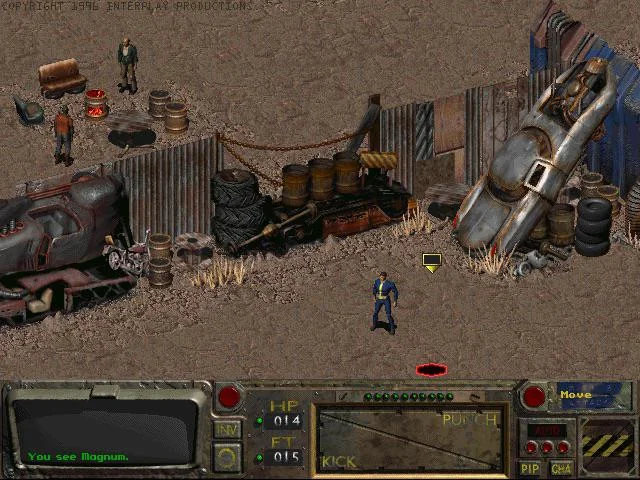
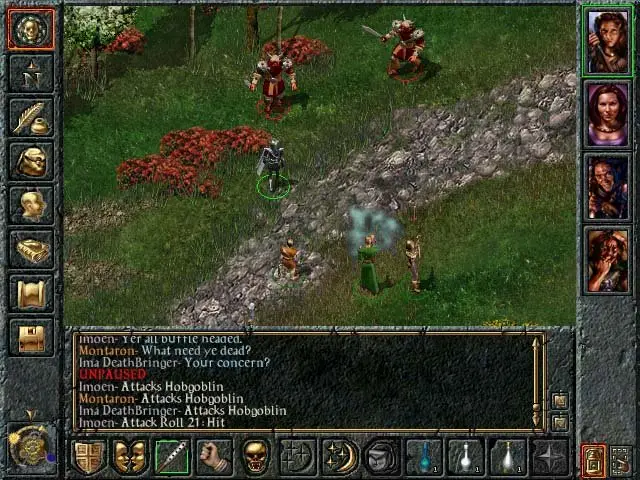















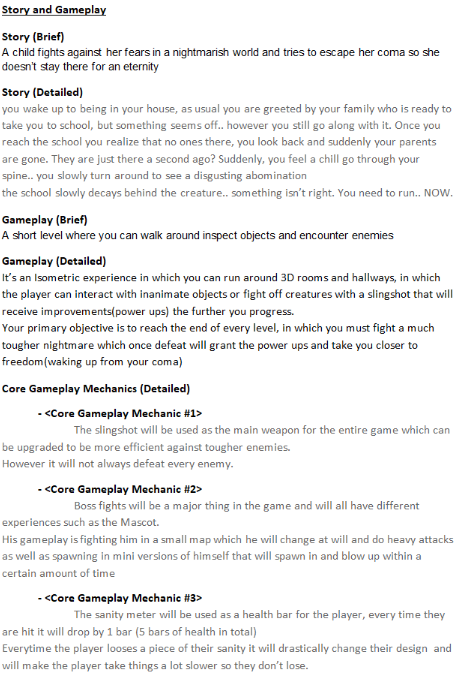




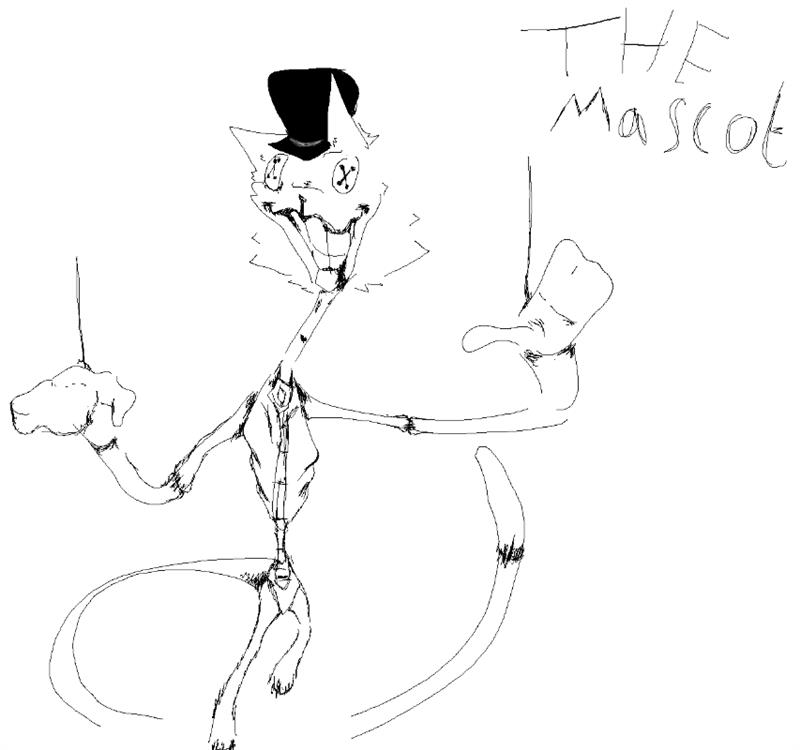





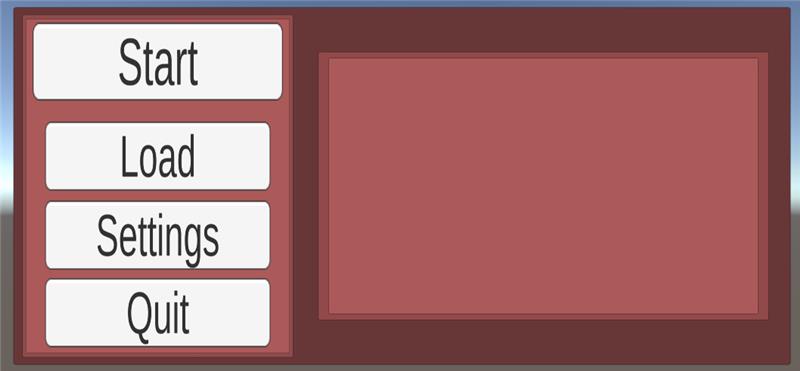


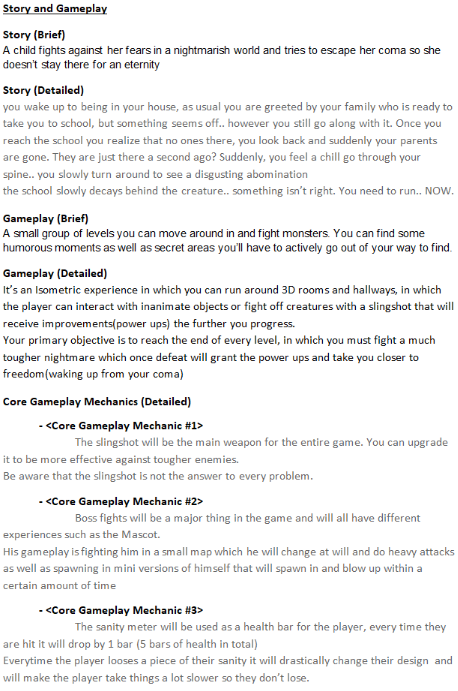





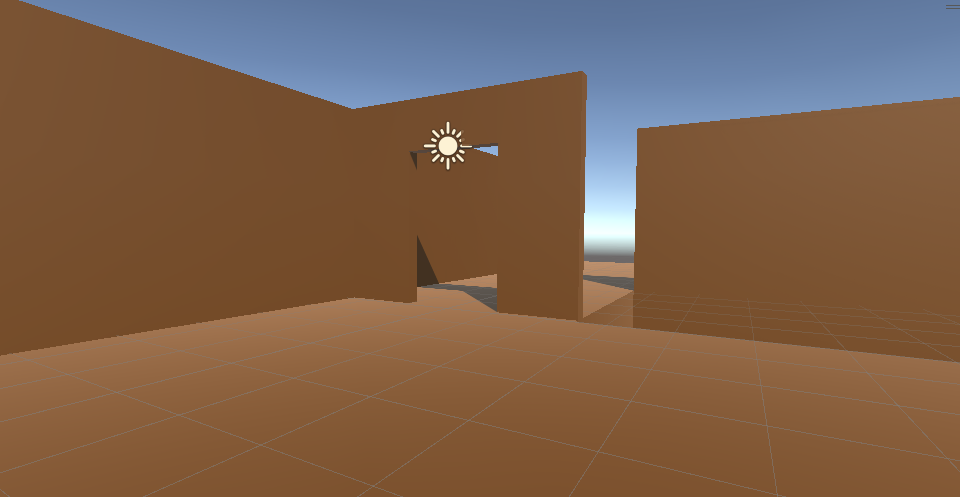


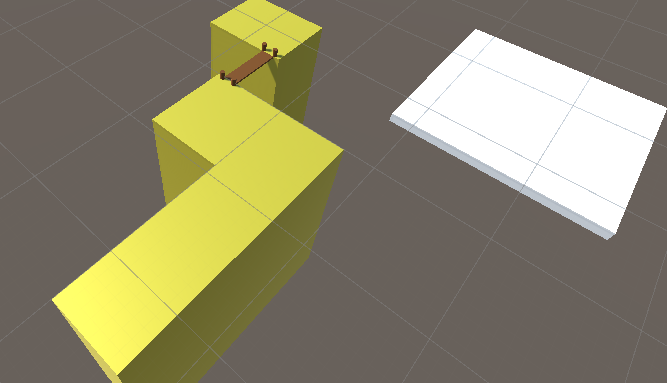

























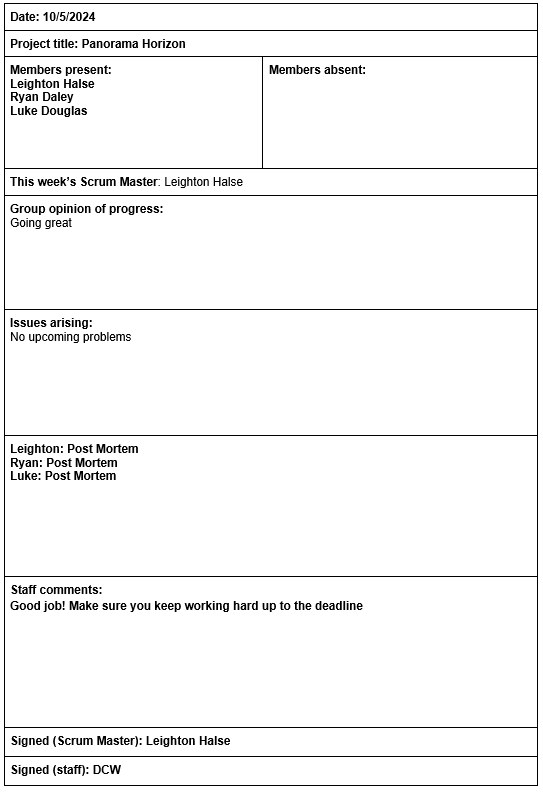
Comments
Post a Comment